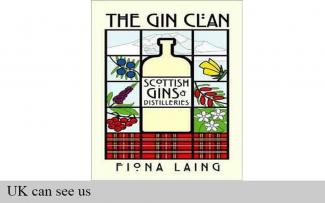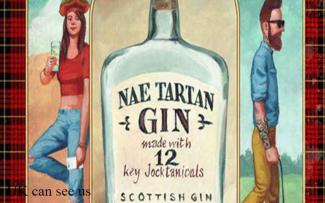Scotland has been at the heart of the present gin craze, producing more than 70% of all gin produced in the United Kingdom. Hendricks’s, Tanqueray, Gordon’s are among the biggest gin sellers.

It first gained popularity in the 1600s when it was employed as a medicine by the Dutch to cure renal and stomach issues. The very first bottles of the strong Dutch Jenever arrived in the 18th century in Scotland.Scotland's history with gin predates the last ten years. Scotland's gin obsession dates back to the 1700s and is closely linked to Leith.
For a variety of reasons, Leith was the epicenter of early gin manufacture. To begin with, the regions already had a booming whisky business and have competent workers in coopering, glass making, and warehousing meaning that gin had the ideal circumstances to thrive.

Furthermore, because it was a dockside town near the Netherlands, it had better access to the raw ingredients and spices that are needed for producing gin.
In 1777, Edinburg alone had eight certified gin distilleries. A large number of stills that were not licensed were also in operations. The quality of the gin produced was uneven till the early 18th century when Robert Stein changed the manufacturing process from traditional pot stills to a developed process that could manufacture spirit much more quickly and in large quantities.
Aeneas Coffey who is an Irish distiller, known for creating the twin column still, improved on Stein's idea afterward. Gin production efficiency improved once more as a result of this
This discovery made distilling feasible and distillers in Scotland soon started shipping neutral grain spirit to London, resulting in the introduction of London dry gin in the late 19th century.
Gin sales soared until the 1950s when vodka supplanted gin as one of the most popular drinks. As a result, Edinburgh which had previously been the epicenter of the gin business had no more gin distilleries by 1970.
